Roca’s Sea Change Exhibition
Following the disruption of Covid-19, Roca London Gallery has extended their exhibition ‘Sea Change’ until the end of 2020. The exhibition explores how architecture is having to adapt to a growing climate reality: urban flooding. A recent RIBA report1 shows that 1 in 6 UK homes are currently vulnerable to flooding, with that number expected to double by 2050. With water causing an average of £1.4 billion of damage each year to UK businesses and households, architecture has to start helping us ‘live with water’, since prevention measures are simply proving inadequate.
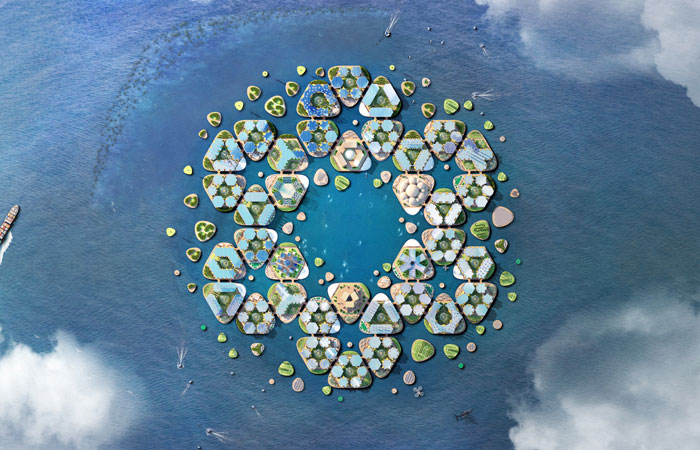
There is nothing new about flooding: mankind has been dealing with it since the ark. What is new is that human-induced climate change is now impacting at a faster pace than ever predicted, with global warming melting ice caps to raise sea levels and driving up rainfall rates, as well as increasing wind speeds and flash floods.
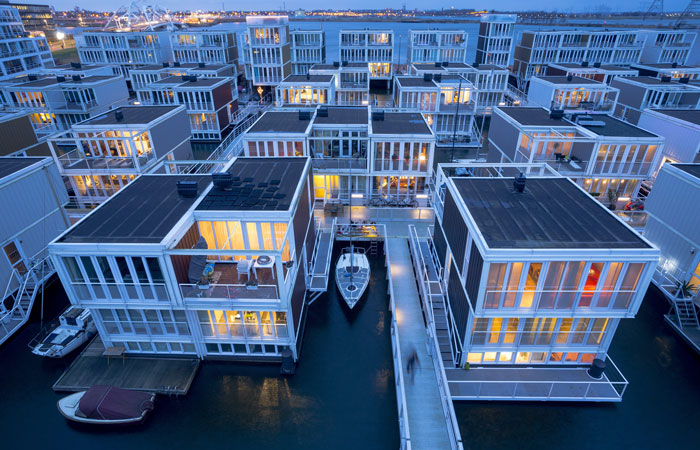
Exhibition curator Eva Woode says:
“Most architects are now aware of the fact that the construction industry is a huge contributor to CO2 emissions. However, we are still learning about how to adapt to this new reality – architects, developers, local authorities and communities will need to work together to make sure existing and new buildings and developments are resilient, as flooding will become the ‘new normal’.”
Sea Change showcases projects – proposed and realised – by leading architects around the world in the field of flood resilient architecture. Solutions include: working with nature by developing floating buildings; improving flood barriers and turning them into recreational space; and elevating a range of public and private buildings.
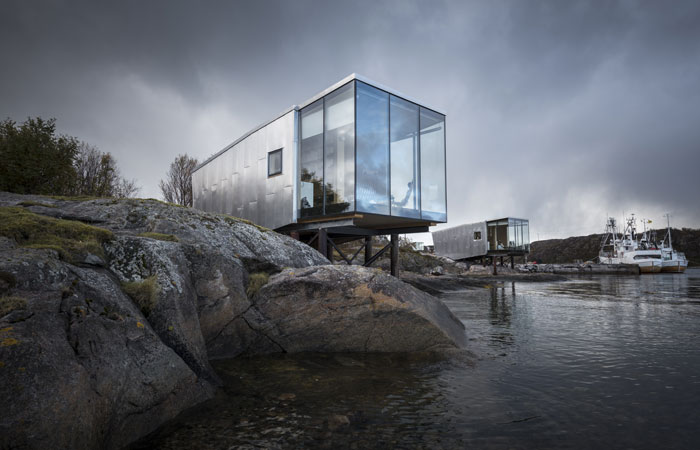
In the floating solutions category, Marlies Rohmer Architects’ Floating Houses IJburg, completed in 2015, have proved to be highly successful. Situated on a lake east of Amsterdam, Rohmer’s original scheme for 158 homes has since been expanded and will ultimately constitute 18,000 units, housing 45,0000 people.1
On site now is HafenCity in Hamburg by urban planner KCAP. It represents Europe’s largest inner-city redevelopment project and is located in the Elbe river’s flood zone, so concepts for flood prevention have had to be integrated right from the start.
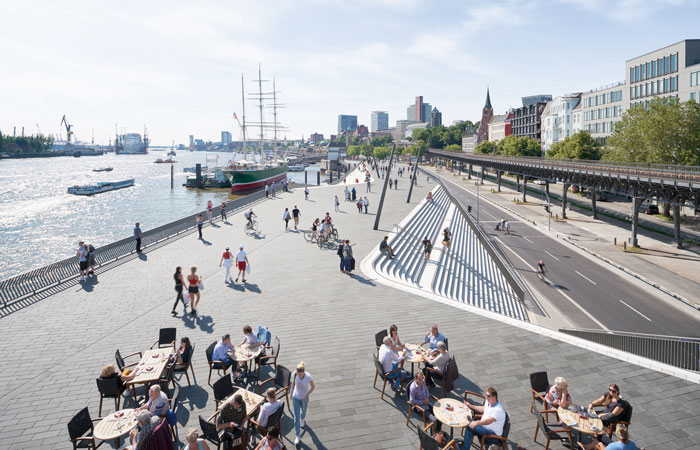
Bjarke Ingels Group’s (BIG) Oceanix City, unveiled at the first United Nation’s high-level Roundtable on Sustainable Floating Cities in April 2019 is billed as a concept for the world’s first resilient and sustainable floating community, designed to accommodate 10,000 people.
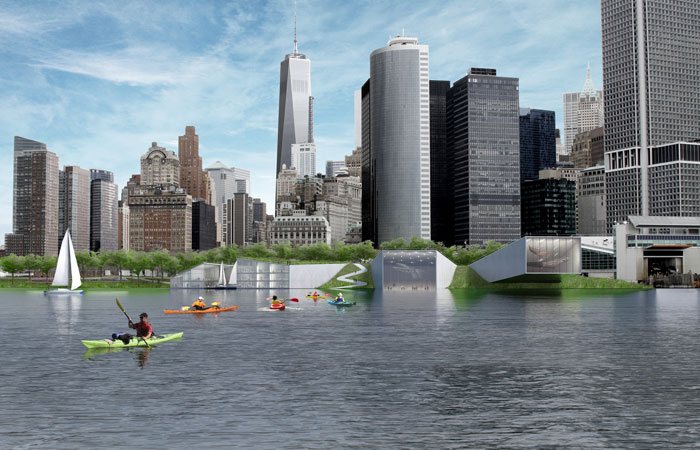
The exhibition will also look at flood resilient solutions that take into account our enjoyment of living close to water, be it the sea or a river. Examples include BIG’s winning scheme for a flood defence and public park to prevent the extensive flooding experienced by Lower Manhattan during Hurricane and Zaha Hadid Architects’ sculptural Niederhafen River Promenade in Hamburg. The latter replaces one of the city’s deteriorated flood barriers, built in 1964 in the aftermath of storm surge floods that caused 315 fatalities and destroyed 60,000 homes. The design incorporates amphitheatre-like staircases, a 3-storey restaurant and shops at street level, proving that flood infrastructure can open up new public space and riverside walkways.
Other schemes show how we can channel floodwater through ‘blue-green’ infrastructure solutions, where water is allowed to enter the built environment, but is safely directed to a parkland. Copenhagen-based architectural firm SLA’s scheme The Soul of Nørrebro does just this, creating a new model for flood management by using the city’s frequent downpours to feed an urban wetland area.
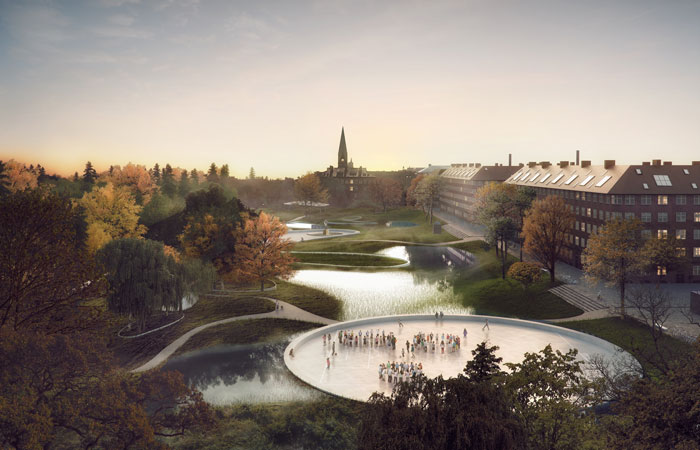
Alongside the main narrative, there will be thought-provoking content on ‘flooding as the new normal’, through film, futuristic visualisations, books and poetry by Clare Shaw.
In order to ensure a safe and inspiring visit, the Roca London Gallery have put in place a number of simple measures to ensure that all of our visitors can feel relaxed and comfortable. More information about this can be read prior to visiting – read here.
For further information on the exhibition please contact David Bromell at info.londongallery@roca.net.
Contact Roca through BCFA Product Finder.
The BCFA Product Finder is a unique search engine created especially for interior designers to source contract furnishing companies. Utilising this platform will support your findings for upcoming projects, with over 200 members profiles showcasing the latest product launches, new materials available, industry news and design trends.




